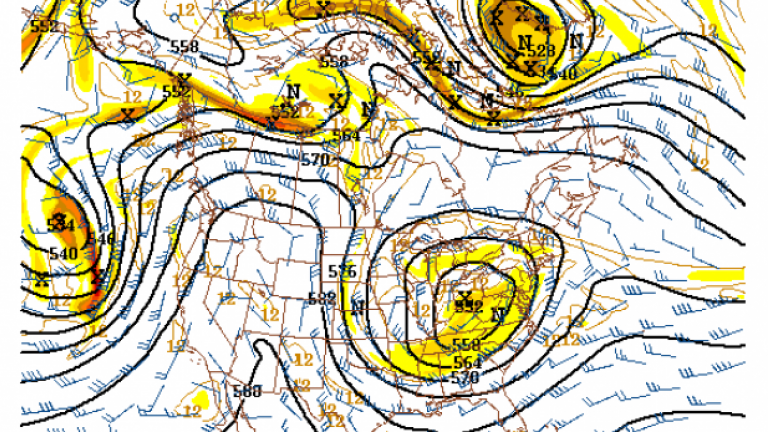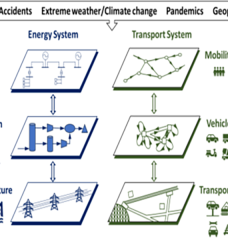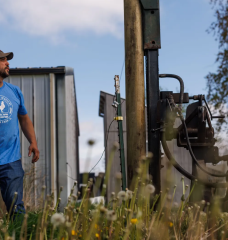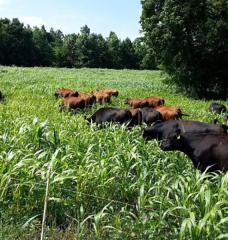
Tuesday, March 19, 2019
AMS remembers the beginnings of meteorology and the personalities, including many MIT academic luminaries, who made seminal contributions, shaping the field into its present form.
Read this story at AMS.
"Over the past 100 years, the international science community including government weather services, the proliferation of environmental observations, improved scientific understanding, growth of technology, and the media have together radically transformed weather forecasting into an effective, global and regional environmental prediction capability," write researchers commemorating the centennial of the American Meteorological Society's establishment. They trace the "evolution of forecasting starting in 1919 over four eras separated by breakpoints at 1939, 1956, and 1985. The current state of forecasting could not have been achieved without essential collaboration within and among countries in pursuing the common weather and earth-system prediction challenge."
MIT played a significant role in pushing the fields of meteorology, weather forecasting and climate research and training forward. Carl-Gustaf Rossby, Jule Charney, Edward Lorenz, Sverre Petterssen, and Norman Phillips were a handful of personalities who laid the foundations for forecasting today.
Story Image: 500 mb geopotential height forecast by the United States numerical weather prediction model NAM. Also an example of an Omega Block. (Credit: NWS, NOAA)






